Cast iron pans are proven champions of the culinary world, prized for their versatility, superior heat retention and unbeatable durability. These sturdy pans have been used in kitchens for centuries, and for good reason.
Home: You can't do without a good frying pan in the kitchen
A good pan is an essential tool in any well-equipped kitchen. It's a versatile helper that can sear a juicy steak, simmer a tasty sauce or even bake crusty bread. Whether you're an experienced cook or just starting out, the right pan can elevate your culinary creations and make your time in the kitchen more enjoyable.
But with so many options, from classic cast iron by elegant stainless steel, choosing the right pan can be challenging. That's why we're here to guide you through the world of pans and compare three popular materials: cast iron, carbon steel and stainless steel. Each of these materials has advantages and disadvantages that make them suitable for different cooking styles and your preferences.
In this guide you will learn:
- what style of cooking these pans are best for
- maintenance tips to ensure your pan lasts as long as possible
It's clear to us that you already know that the the best pans are made of steel, cast iron or stainless steel. That's why we have clearly compared these three materials so you can choose the right pan for your particular kitchen and cooking style.
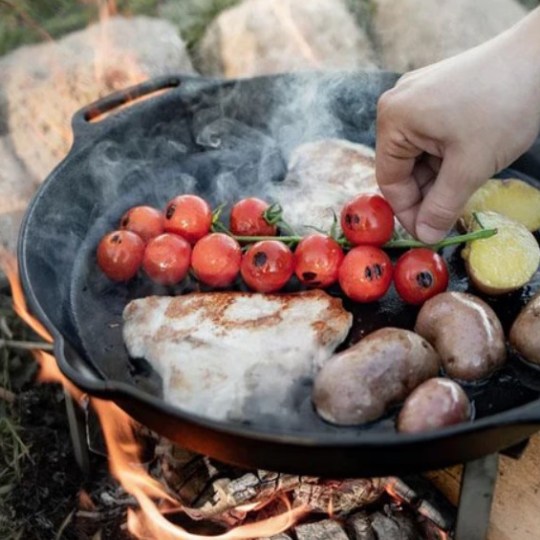
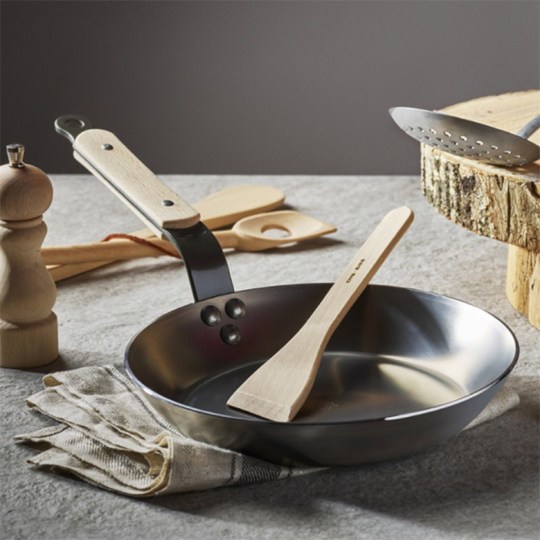
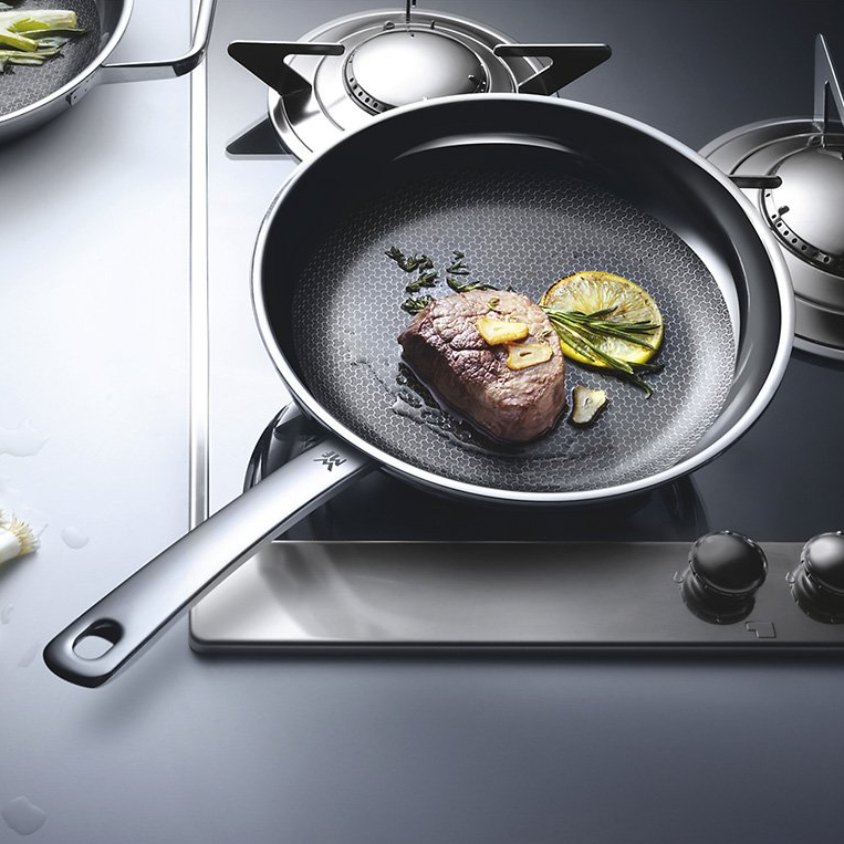
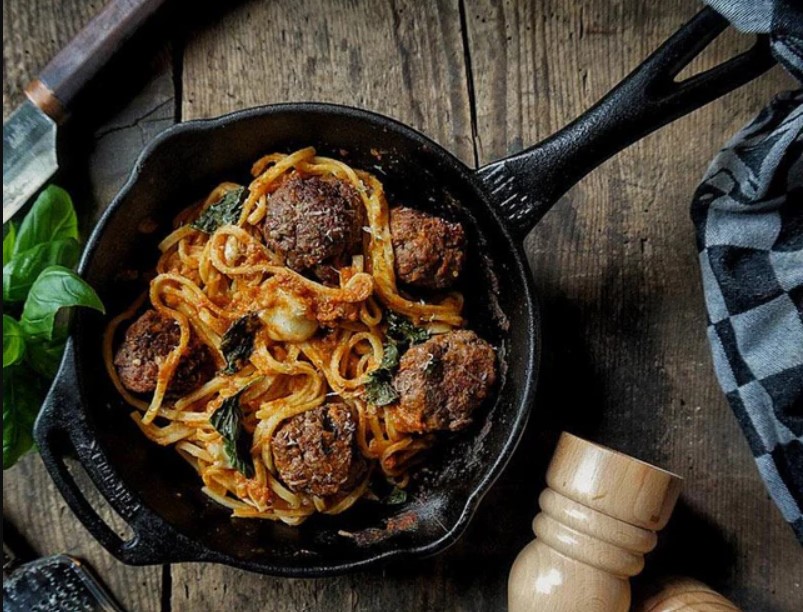
Advantages and disadvantages of cast iron pans
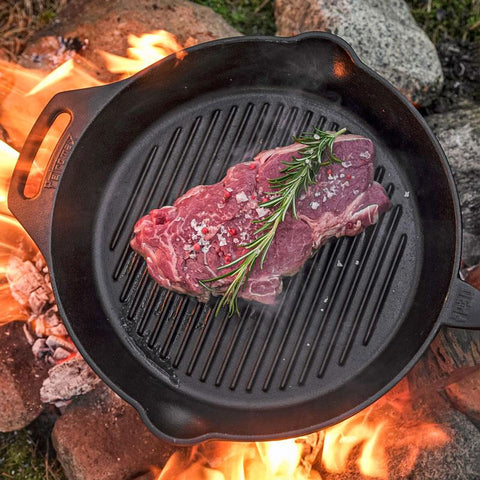
- You're beginners: Cast iron is an excellent starting point for new cooks due to its affordability and versatility.
- Love the steaks: The excellent heat retention ability of cast iron makes it the ideal choice for searing meat perfectly and creating the necessary crust for steak.
- You also like slow cooking: Lithium is a great choice for slow-cooked dishes such as stews or stews.
- Looking for a baking helper: From cornbread to biscuits, cast iron also excels in baking thanks to its properties.
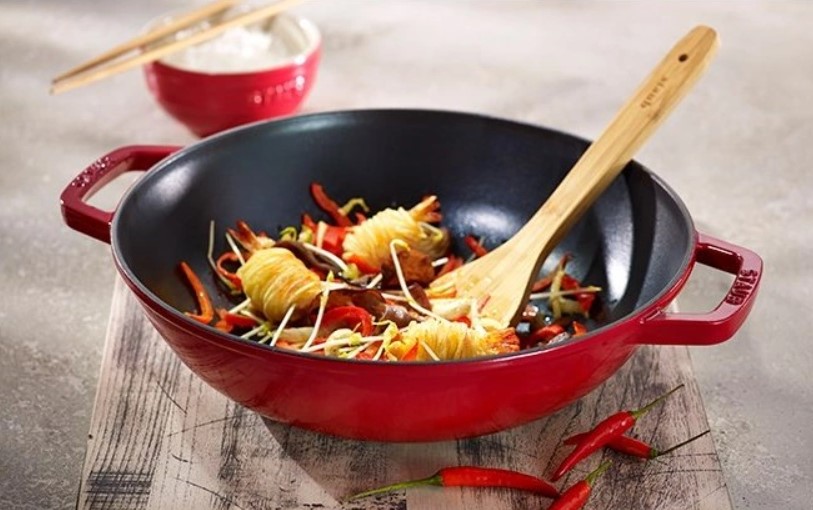
- Burning (seasoning): Before using a new cast iron pan, it is essential to fire it. This involves coating the pan with a thin layer of oil and heating it until the oil smokes. This process will create a natural non-stick surface and protect the pan from rust. We also recommend regular "maintenance" firings to ensure that the pan retains its excellent properties, which also improve with each use.
- Cleaning: Avoid using aggressive soaps or harsh sponges that can damage the protective oil layer. Instead, clean the cast iron pan only with hot water and a soft brush or sponge. If necessary, use a small amount of mild dish detergent, but always rinse and dry the pan thoroughly. After washing, rub with oil as needed. Never wash a cast iron pan in the dishwasher!

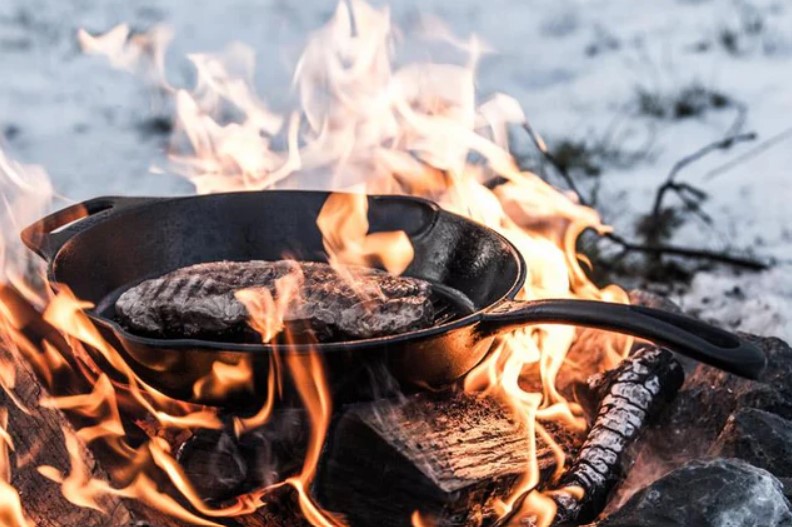
The best cast iron pans according to our customer reviews
Cast iron pans are a timeless kitchen utensil that can be passed on literally from generation to generation. With proper care and occasional burning the cast iron skillet can become your most trusted and versatile kitchen tool.
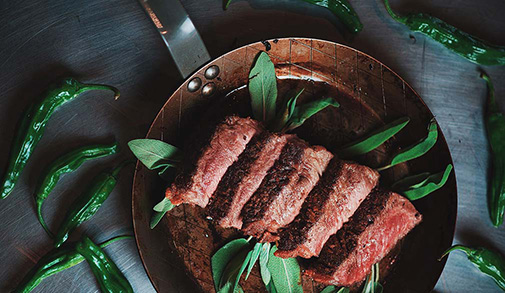
Carbon steel offers an attractive compromise between the robustness of cast iron and the modern look of stainless steel. By combining some of the best properties of both materials, you steel pans are gaining more and more popularity among home cooks and professionals alike.
Advantages and disadvantages of steel pans
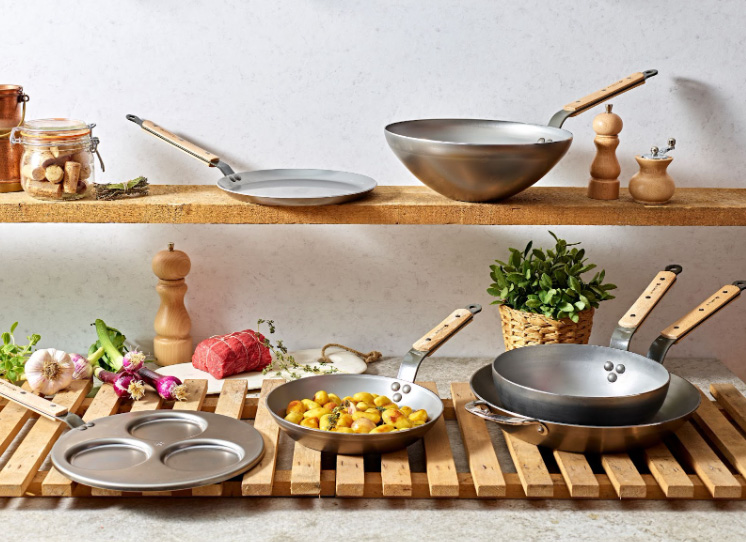
- You're looking for something in between: Carbon steel is a good alternative between the ability of cast iron to hold heat well and the fast thermal response of stainless steel. It is a versatile choice that can handle a wide range of culinary tasks.
- Looking for a helper for stir-fry and sauté: The naturally non-stick surface, slightly lighter weight and rapid heating of carbon steel make it the ideal partner for stir-fry and other dishes requiring high temperatures and quick tossing.
- You prepare food that burns easily: If you're looking for a pan that won't throw you under the bush when cooking eggs or fish, well-fired carbon steel can be a good choice. Its naturally non-stick properties are ideal for delicate foods.
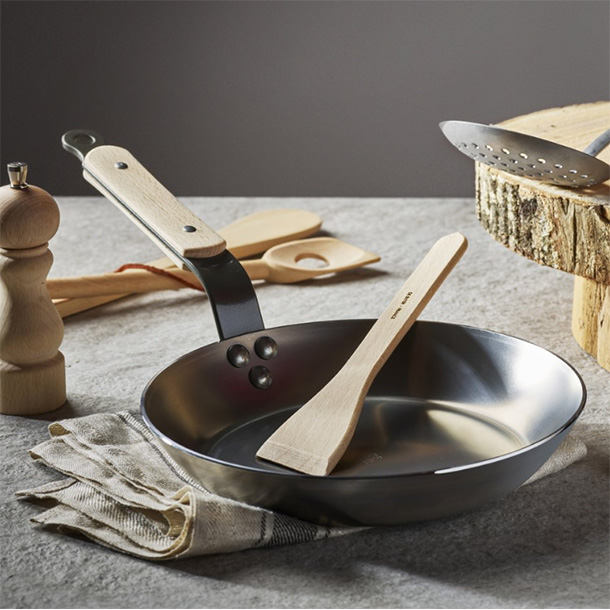
- Burning: The initial seasoning is similar for carbon steel as for cast iron. Coat the pan with oil and heat until smoking to form a protective layer. Repeat firing as needed to maintain non-stick properties and prevent rusting.
- Cleaning: Avoid aggressive cleaners and harsh sponges. Gentle washing with hot water and a soft brush or sponge is usually sufficient. After washing, dry the pan thoroughly to prevent rusting. Do not wash carbon steel in the dishwasher either.
The best steel pans according to our customer reviews
Carbon steel pans they offer a unique combination of benefits that make them a valuable asset to any kitchen. If you are looking for a lighter alternative to cast iron, carbon steel may be the right choice.

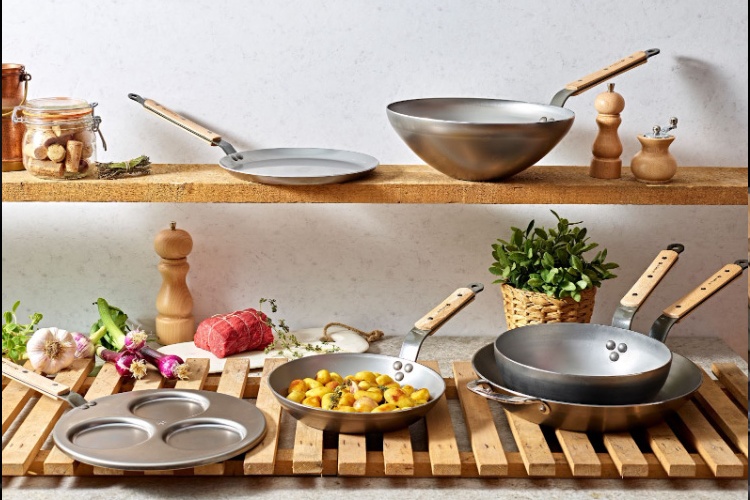
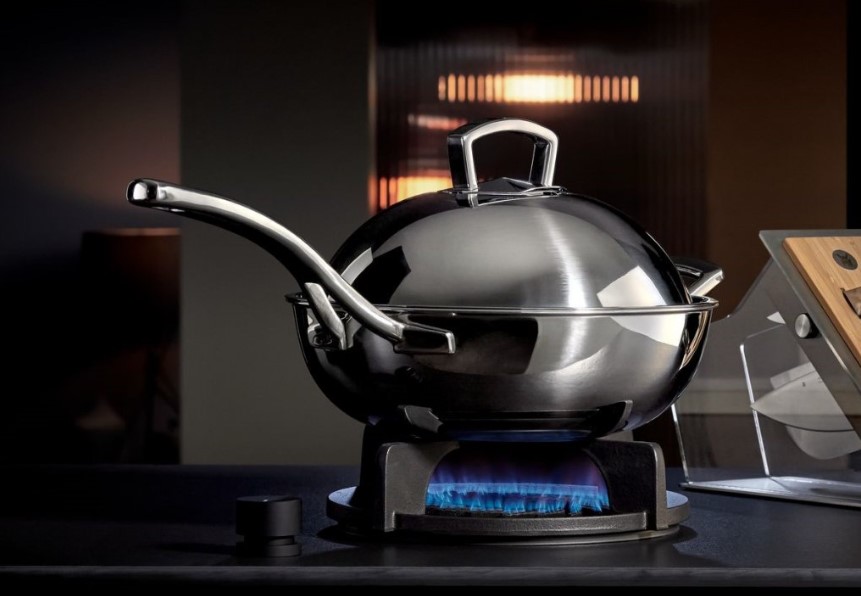
Stainless steel pans are the epitome of modern kitchenware, prized for their elegant appearance, easy maintenance and versatility. Unlike cast iron and carbon steel, it is non-reactive, so it will be the right choice for those who often cook with acidic ingredients.
Advantages and disadvantages of stainless steel pans:
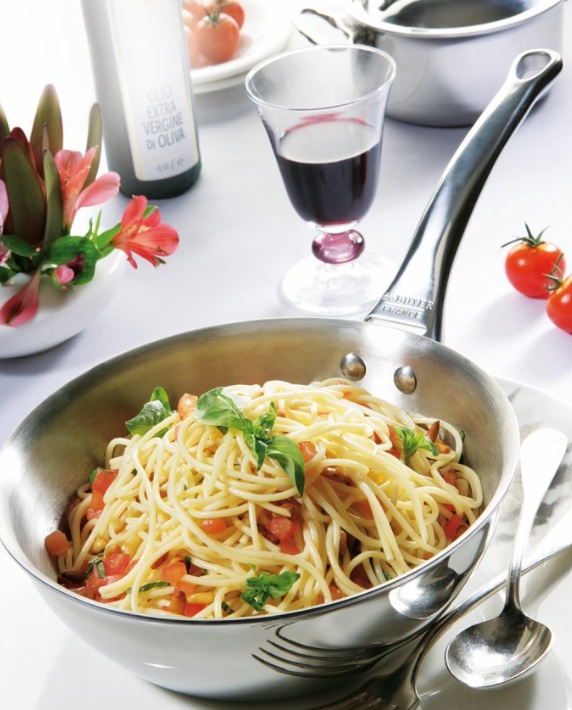
- Cooking with acidic foods: If you often cook with acidic ingredients, stainless steel is the best choice to avoid adverse reactions. This includes dishes with tomatoes, citrus or vinegar.
- Sauce preparation: Stainless steel is ideal for simmering delicate sauces without fear of affecting the taste.
- Fine proteins: With proper technique, stainless steel can be a great surface for cooking delicate proteins such as fish or eggs. Preheating the pan and using a little oil or butter can help prevent sticking.
- Experienced chefs: Stainless steel requires more attention when cooking. It's a great choice for experienced cooks who can control temperature well and prevent sticking.
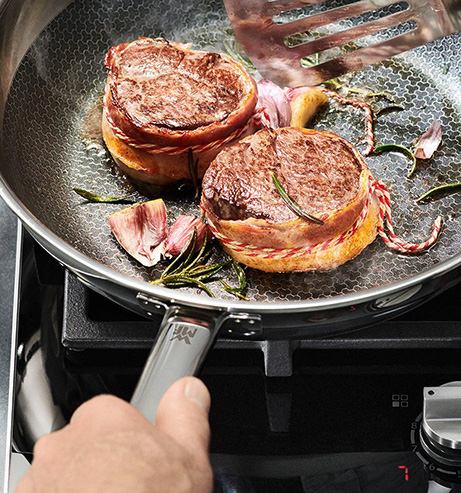
- Cleaning: The stainless steel is easy to clean. Most pans are dishwasher safe, but hand washing with hot water and dishwashing liquid will also be effective. Avoid using harsh sponges which may scratch the surface.
- Prevention of snagging: To prevent food from sticking, make sure you preheat the pan sufficiently before adding oil or butter. Use medium heat for most cooking tasks and avoid overcrowding the pan. If food sticks, baste with a splash of liquid to loosen it.
The best stainless steel pans according to our customer reviews
Stainless steel pans are a versatile and unpretentious choice for any kitchen. Their ease of maintenance and ability to heat up quickly make them a favorite tool of many cooks. While they may require more attention when cooking, the results are usually worth it.

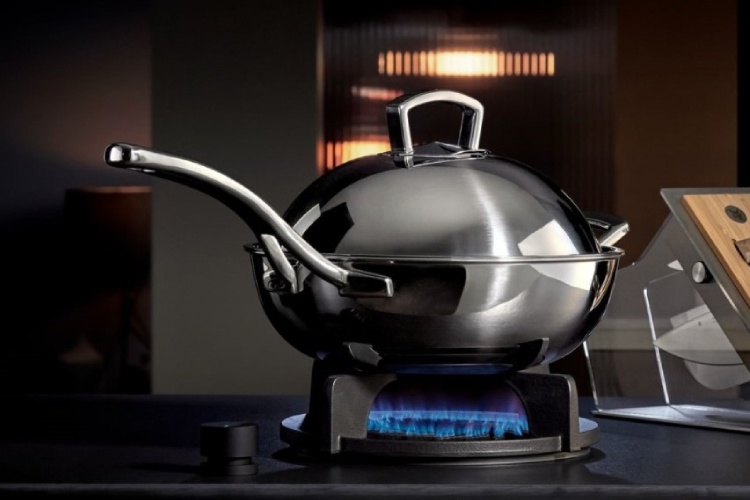
IV. How to choose the right pan for your needs
With a better understanding of cast iron, steel and stainless steel pans, let's summarize their advantages and disadvantages and consider how to choose the right pan for you.
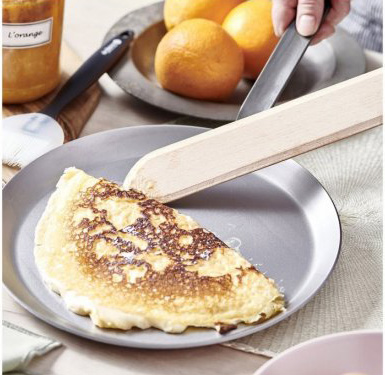
- How and what do you cook most often?
If you often roast meat or like slow-cooked meals, cast iron will be your best friend. For stir-fry and sauté, carbon steel can be a good choice. And if tomato or otherwise sour sauces are your specialty, reach for a stainless steel pan. - What's your budget?
Aluminum pans are generally the most affordable, followed by carbon steel and then stainless steel. Consider how much you are willing to invest in your cookware. - What level of maintenance are you willing to give the pan?
Cast iron and carbon steel require regular firing to maintain their non-stick properties and prevent rusting. If you prefer a less demanding option, stainless steel will be preferable.
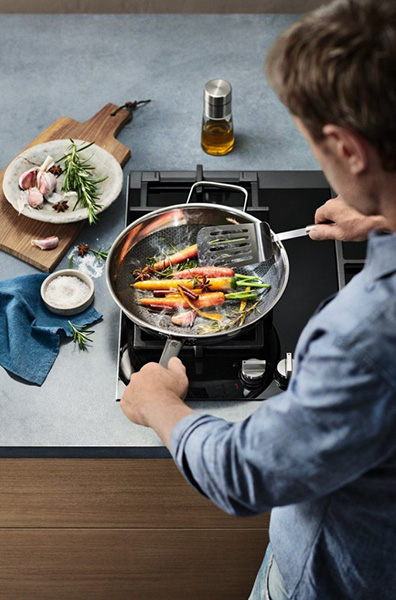
- For beginners: Start with a versatile and affordable cast iron pan. It's a great way to learn the basics of firing and caring for cookware while enjoying the many benefits it offers.
- For lovers of crispy crust: If you love a perfectly seared steak or crispy skin on your chicken, a cast iron skillet is your go-to tool.
- For stir-fry and roasting enthusiasts: Lightweight carbon steel makes it easy to toss and turn ingredients.
For the sauce masters: Stainless steel is ideal for creating delicious sauces without fear of adverse reactions. - For those who prefer low maintenance: If you prefer easy cleaning and washing dishes by hand is a nightmare for you, a stainless steel pan will do you a good service.
Remember, there is no one-size-fits-all answer when choosing the right pan. It all depends on your individual needs and preferences. Consider all the factors we mentioned in the article and don't be afraid to experiment with different materialsto find the right pan for your unique cooking style.
Practical accessories for pans
V. Conclusion.
The world of pans is as diverse as the dishes you prepare in them. Whether you opt for the timeless tradition of cast iron, lighter touch carbon steel, or the modern convenience of stainless steel, your choice ultimately depends on your personal cooking style, preferences and budget.
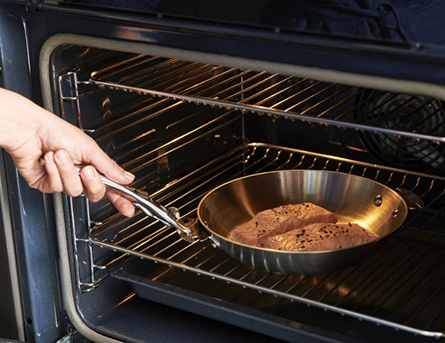
Each material offers a unique set of advantages and disadvantages. Cast iron boasts excellent heat retention and affordability, but requires firing and care to prevent rusting. Carbon steel provides a lighter alternative with a smoother surface, but also needs firing and reacts with acidic foods. Stainless steel offers easy maintenance and a non-reactive surface, but may not be as naturally non-stick and tends to be more expensive.
Consider your individual needs, experiment with different materials and invest in a quality pan that will become your trusted companion in the kitchen for years to come. Whether you're searing a juicy steak, preparing a tasty stir-fry or slowly simmering a delicate sauce, the right pan will elevate your cooking experience and bring joy to every meal.
